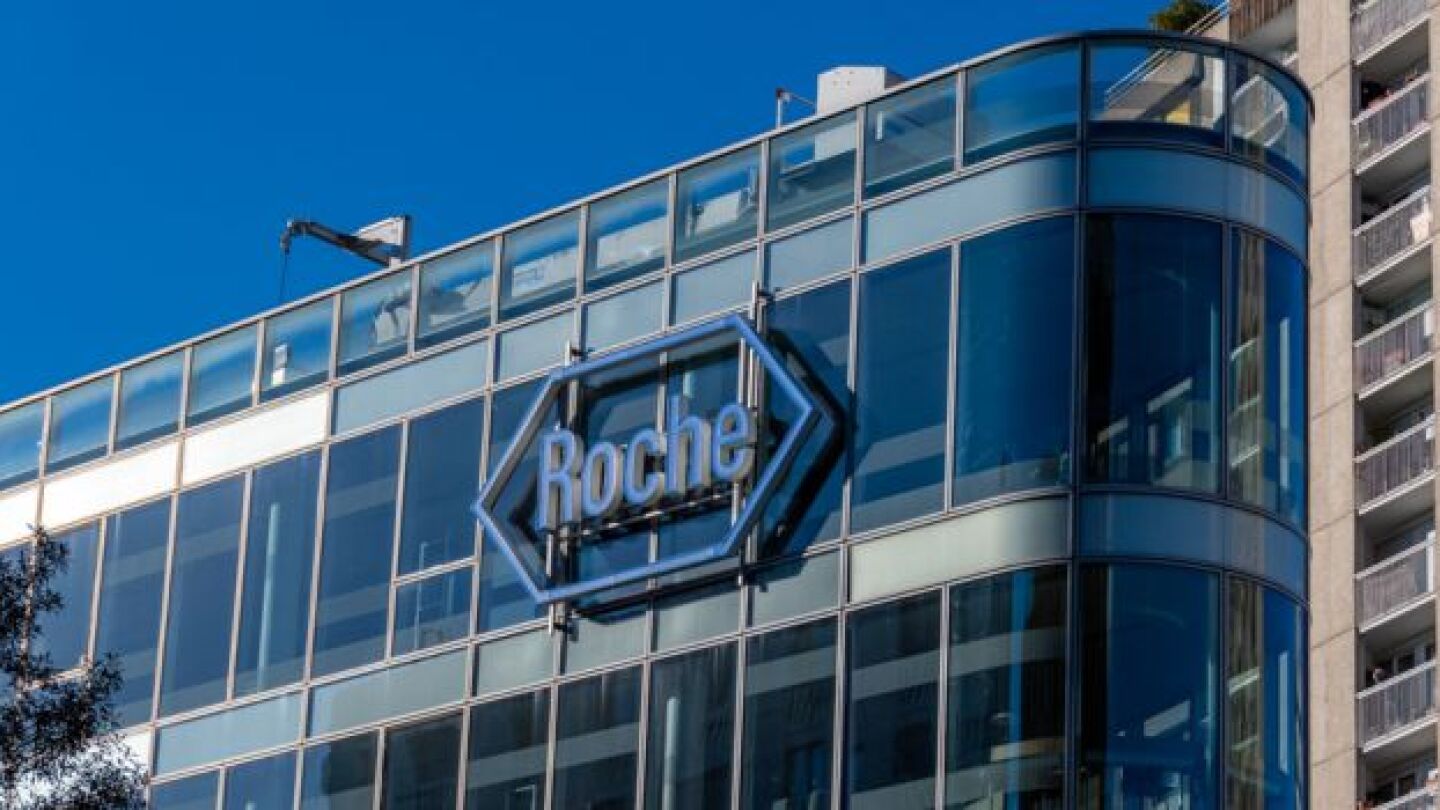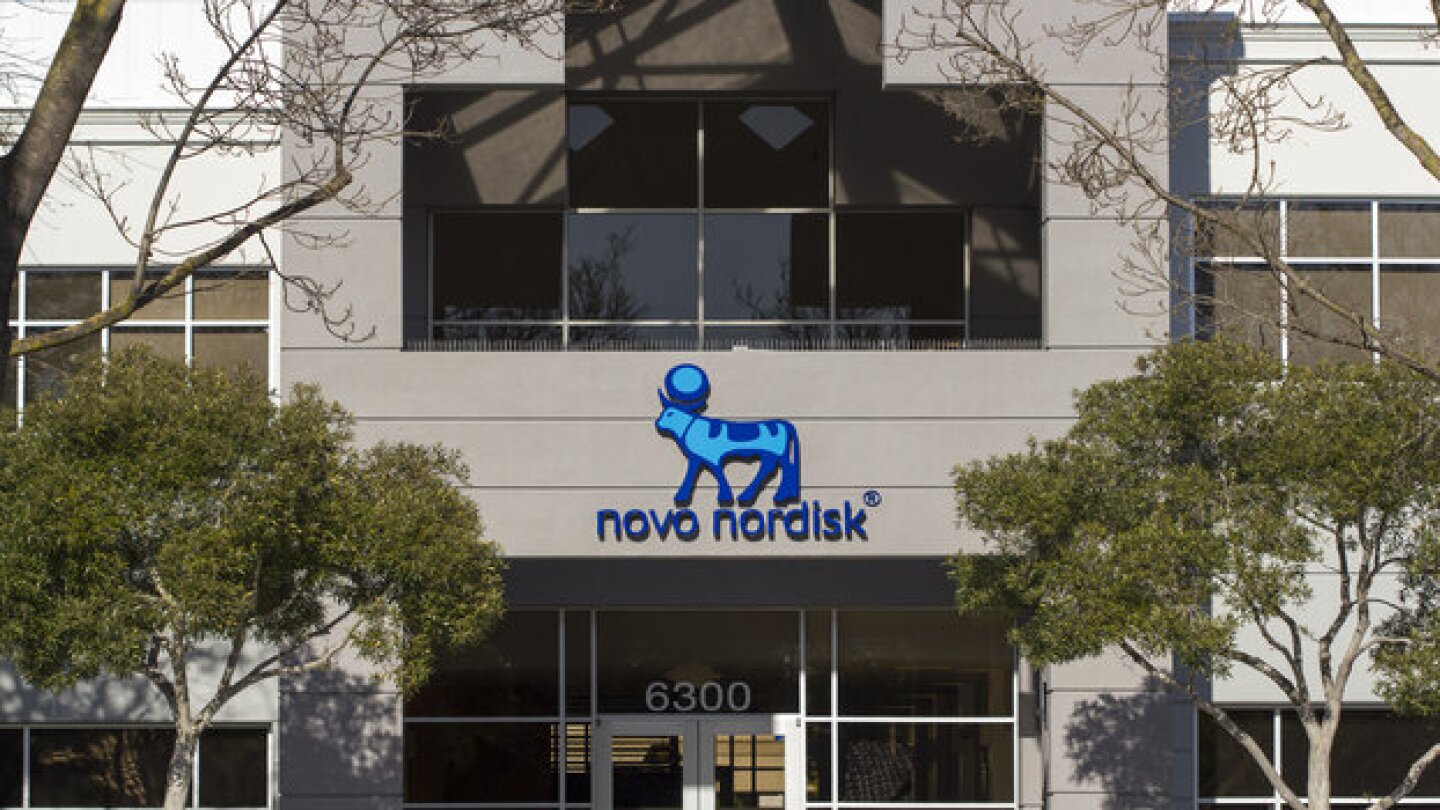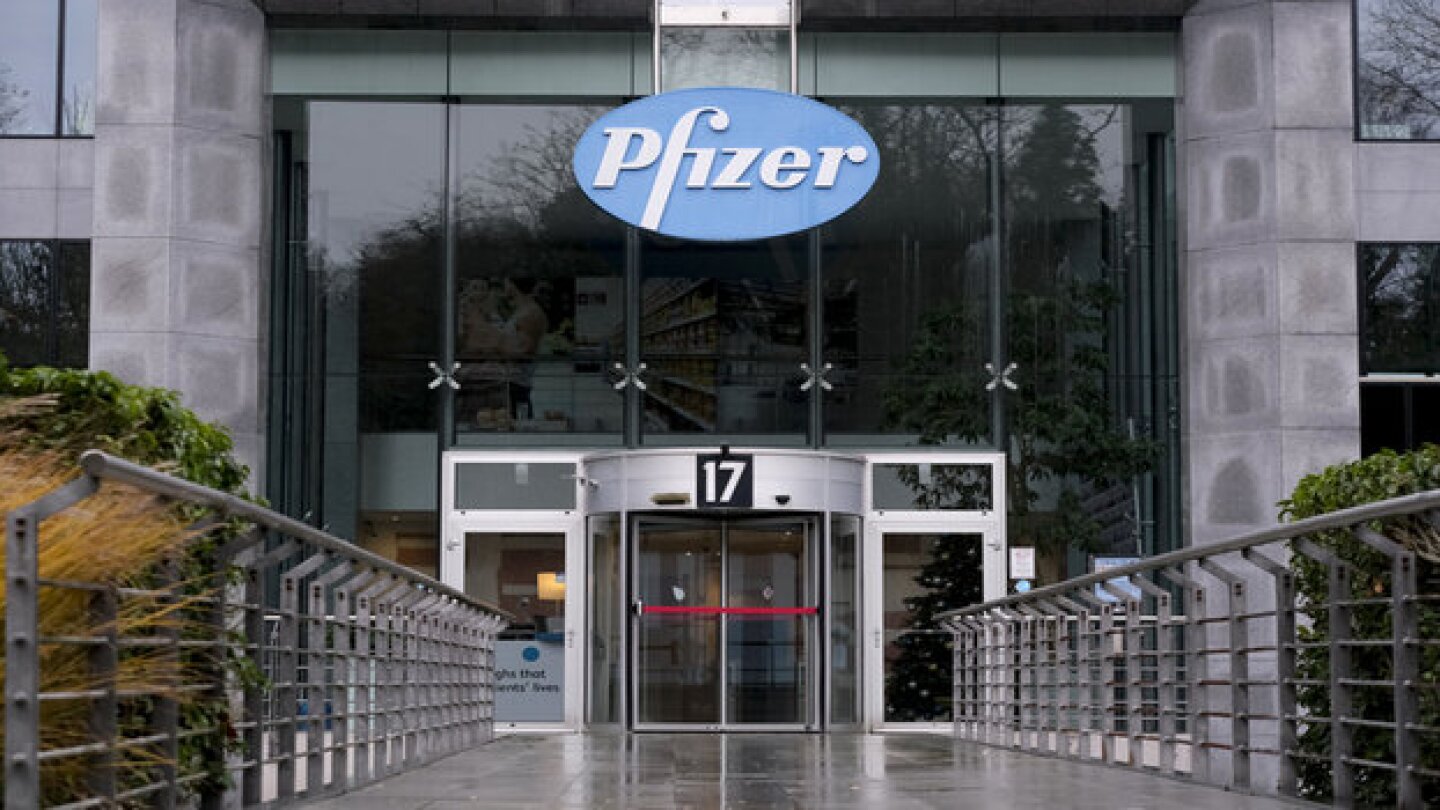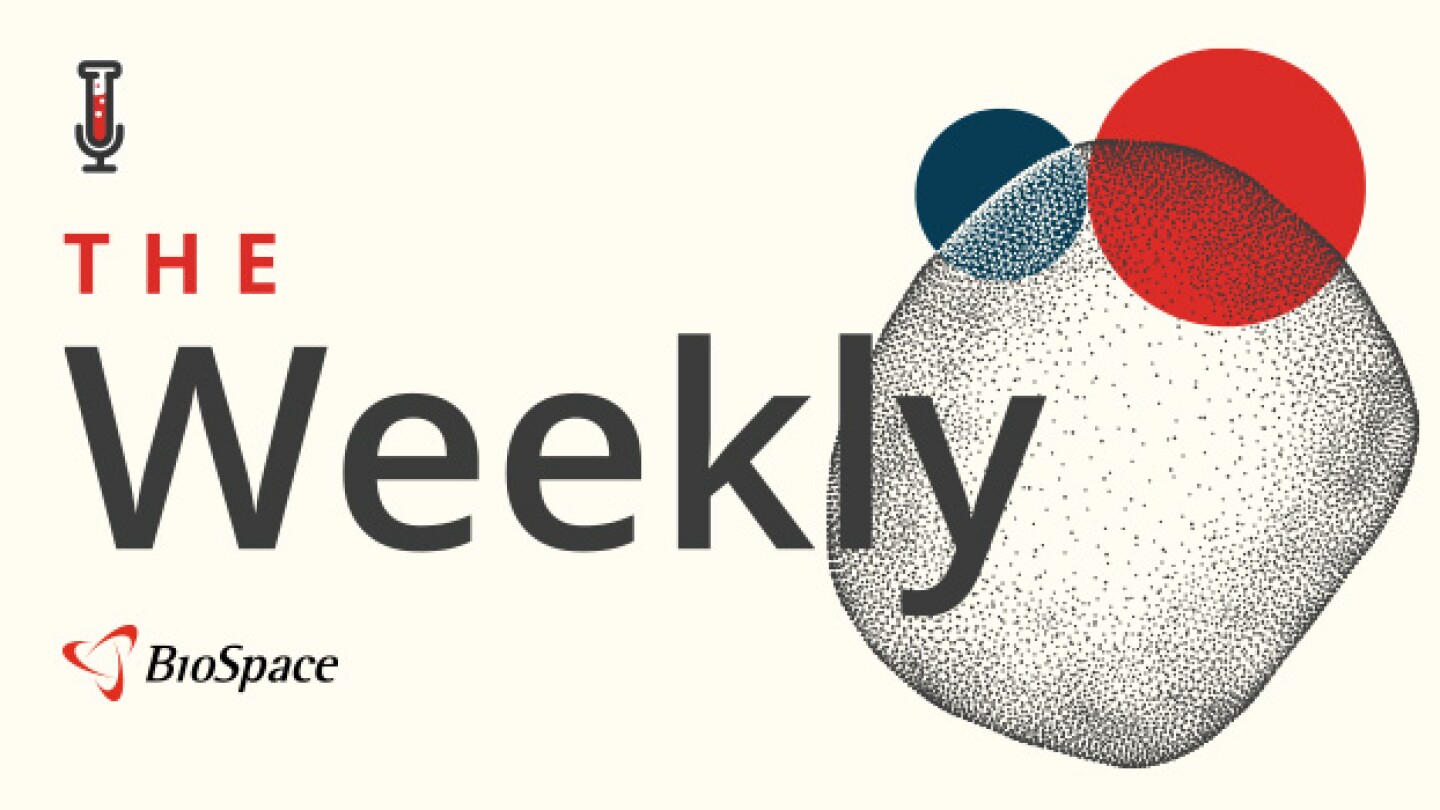Obesity
Encouraged by the potential of the weight-loss candidates acquired from Carmot Therapeutics, Roche will speed up the development of its obesity programs, seeking to differentiate itself in the market.
With promising Phase II data in hand, Viking Therapeutics is pushing its subcutaneous GLP-1/GIP receptor dual agonist into late-stage development, the company announced on Wednesday.
Despite early 2024 optimism, BioSpace’s Job Market Trends report outlines a still sluggish situation in the biopharma industry, Novartis and J&J announce Q2 earnings, GLP-1 market leaders expand into China and the Cassava Sciences saga continues.
Eli Lilly’s tirzepatide, which has previously been approved in China for diabetes, can now also be used for chronic weight management in the world’s second most populated country.
With GLP-1 receptor agonists expected to dominate the weight loss market in the near term, several young companies are building on this mechanism, while others are taking a completely different approach.
Roche’s oral GLP-1 receptor agonist CT-996—obtained in the $2.7 billion acquisition of Carmot Therapeutics—reduced body weight by more than 6% at four weeks versus placebo in a Phase I trial.
To help keep pace with the demand for GLP-1 therapies, CordenPharma has announced a sizeable $980 million investment in its U.S. and European sites.
Despite recent concerns about suicidality and other neuropsychiatric issues, a recent study has found that Novo Nordisk’s Ozempic (semaglutide) is associated with lower risks of dementia, cognitive deficit and nicotine misuse.
Pfizer said Thursday it is pushing ahead with a once-daily, modified-release formulation of its oral GLP-1 obesity therapy danuglipron, with dose optimization studies in the second half of 2024.
Eli Lilly becomes the latest to make a major investment in immunology and inflammation, while antibody-drug conjugate biopharma Myricx Bio nets a large Series A round and new research highlights the potential and possible risks of GLP-1s.
PRESS RELEASES










